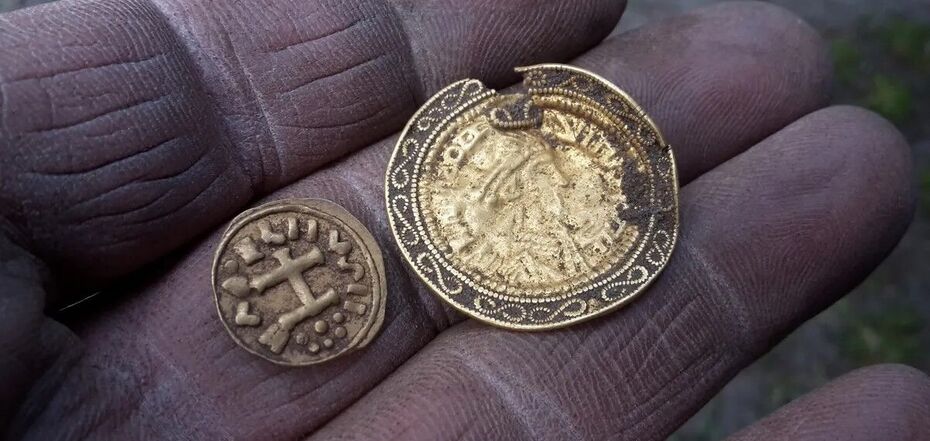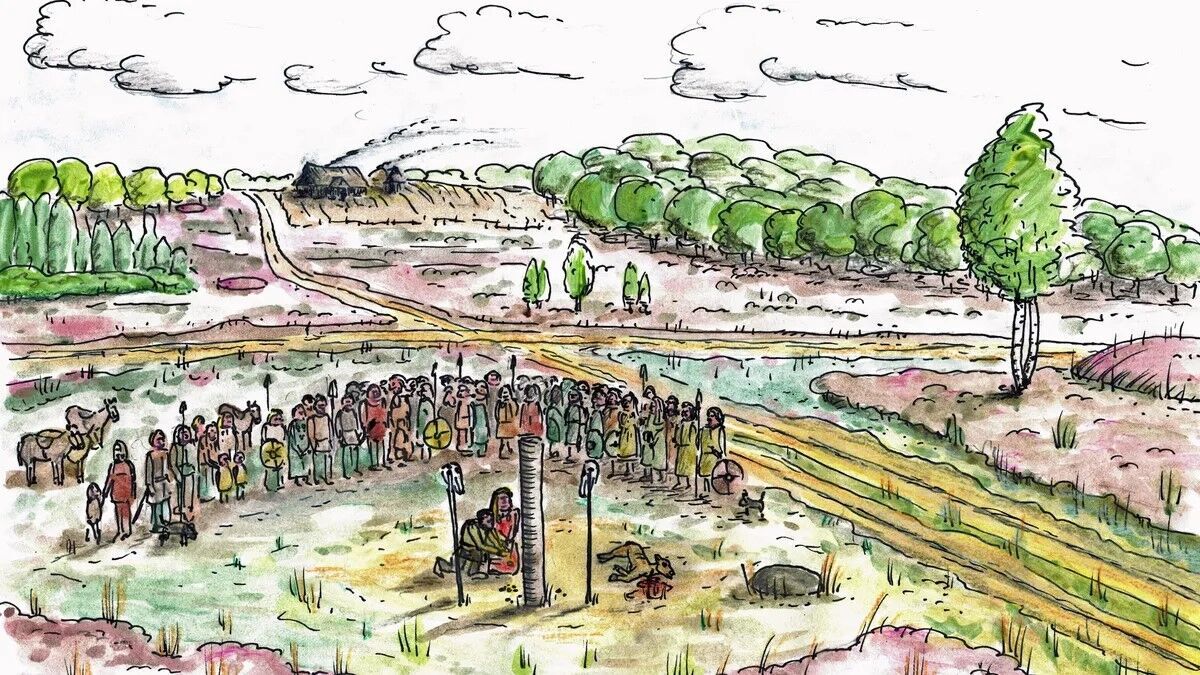News
"Devil's money" found in the Netherlands
Three early medieval caches of gold and silver, along with hundreds of coins, have been discovered at a "cult site" in the Netherlands. The 1300-year-old finds may be "devil's money" – treasures offered to pagan gods that were opposed by early Christian missionaries in the region.
The treasures were found near the border with Germany, where the locals had previously served as allied soldiers to defend the Roman border. But the Romans were driven out of the region hundreds of years before the site was used for pagan cults in the sixth and seventh centuries, LiveScience writes.
According to the lead author of the study and head of the excavations, Jan-Willem de Kort, an archaeologist from the Dutch Cultural Heritage Authority, gold and silver coins were first found here in 2020 and 2021. Later, archaeological excavations were carried out here.
The value of the found treasure will still be determined by experts, but according to preliminary estimates, it is significant. The findings include more than 100 gold and silver coins of various types, gold jewelry, including pendants and earrings, as well as large pieces of gold and silver.
According to scientists, several of the coins are extremely rare. Some were made at various mints throughout the Frankish Empire in the first half of the seventh century. One piece of jewelry is decorated in a characteristic Germanic animal style, while another has a portrait reminiscent of Roman jewelry, the researchers say.
De Kort said the treasure appears to have been buried in several deposits, meaning it was a "cult site" where sacrifices were made to pagan gods.
The researchers also found geochemical evidence in the soil that bones had decomposed there, indicating animal sacrifice.
Such pagan offerings were common in the pagan German lands at the time, historians say. However, they were opposed by early Christian missionaries in the region, who called them "devil's money."
Jan-Willem de Kort said that excavations near Hezingen also revealed a line of 14 columns aligned east and west. Some coins were found in the holes of these pillars.
In the center of the column could be a "holy pillar," which, according to early Christian sources, was used by pagans to represent their gods.
Only verified information is available on the OBOZ.UA Telegram channel and Viber. Do not fall for fakes!































